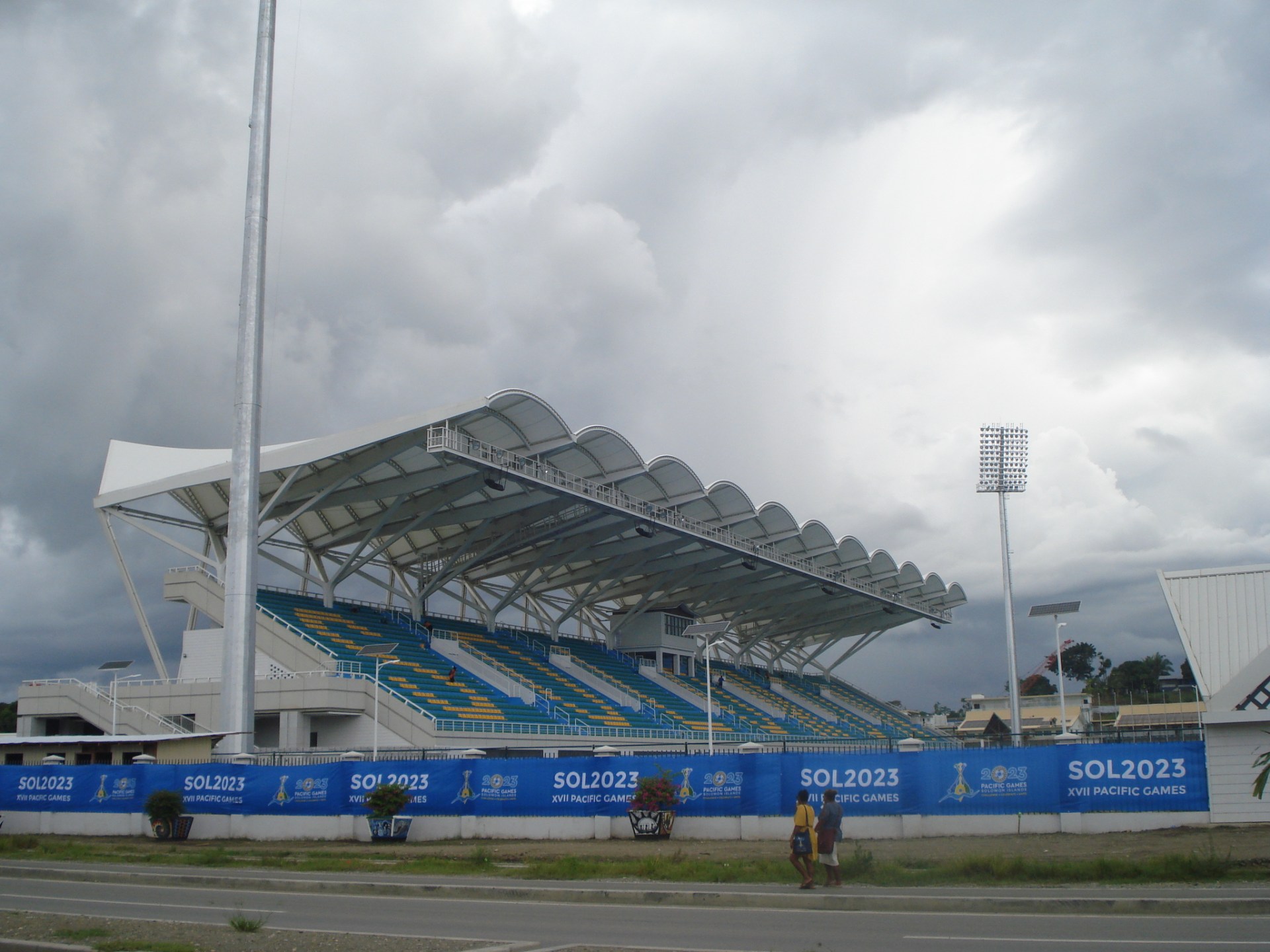
Artists were putting the finishing touches to their works. Visitors had bought their tickets long in advance. Everyone was expecting a big stir at the 15th edition of the Biennale, which had quickly become Africa’s most important cultural gathering: the Biennale in Dakar, the capital of Senegal, which was supposed to start on May 16.
So if the West African country new government postponed Dak’Art in the last minuteThe African art world initially reacted with dismay, arguing that they wanted to wait so that the exhibition could take place under optimal conditions. Many observers felt that the delay until November would mean fewer visitors to the exhibitions and fewer sales, thereby harming a number of emerging African artists.
Just as the artists had regrouped and promised to continue with the smorgasbord of side events and exhibitions known as OFF in May despite the absence of the official Biennale, a Ghanaian artist accusations of sexual assault against the Creator the city’s largest exhibition, by the American painter Kehinde Wiley. Wiley was in town to organize an exhibition of his portraits of African heads of state in Museum of Black Civilizationsand presents the work of his protégés in his Black Rock Art Residency. When the allegations were made in a Instagram post On May 19, Wiley left the crime scene after traveling to New York the day before. He a rejection was expressedand called the allegations “untrue and an insult to all victims of sexual abuse.”
The allegations hampered – but thwarted – the brave attempts by West African artists to maintain the momentum around OFF and to reassure those planning to travel that even without the official biennial, there were many reasons to make a trip to the city surrounded by the turquoise Atlantic Ocean at the westernmost tip of Africa.
The believers came anyway.
Artists hung paintings on trees, turned the walls of shops and restaurants into galleries, and filled some of Dakar’s dilapidated architectural gems with installations – piles of rubble, parts of pirogue boats, a tennis court. Visitors zoomed through the city in egg-yellow, rickety taxis, each a work of art in its own right, and dressed in their best bazin and pagne cloth – brightly colored African fabrics – to attend a full program of opening parties for the exhibition. It helped that the Partcours, a collection of artistic events in galleries around the city, kept its program as planned from mid-May to mid-June.
One recent afternoon at Selebe YoonIn an airy gallery space on a quiet street in downtown Dakar, Tam Sir, a young man in a tank top that read “Build Muscle. Please Wait,” led a slow stream of visitors through a series of installations by Senegalese-Mauritanian film director and artist Hamedine Kane.
A video loop of a deserted coastline was projected through glittering water-filled beads scattered across a worn floor; dozens of gasoline cans used to carry gasoline for sea voyages balanced on the painted boards of a deconstructed wooden boat.
Kane’s subject was the impact of industrial international fishing on local fishing communities, many of whom risk their lives on rickety boats to Europe in search of new jobs. Living just minutes from Dakar’s busiest fishing beach, Sir knew first-hand the devastation and hard choices his generation had to make and tried to convey this to viewers, including a group of teenagers from a local school.
“Here, as a young person, you carry the hopes of a family within you,” he said, explaining why his peers still tried to make it, even though thousands of Senegalese die at sea every year trying to emigrate. “Often they are pressured to do so for reasons of honour.”
Nearby at OH Gallery, another installation — this one by the French artist Emmanuel Tussore – provoked further despair by creating a war zone reminiscent of scenes from Gaza in Dakar’s first “modern” building, a colonial-era bank, using ubiquitous Senegalese materials. Visitors made their way through cement body bags and rubble; a piano looked as if a bomb had hit it; a round fountain had broken glass for water and bore the circular inscription “Foundations are ruins, foundations are ruins.”
A short walk away, at Galerie Cécile Fakhoury, Sweet-pink walls deliberately collided with highly saturated painting from Na Chainkua Reindorfdominated by the antics of a woman’s snake-like braids. In one triptych, figures hid behind two thick curtains of hair, so that only their bright pink arms and feet were visible.
As always with OFF, the offer was varied and Dakar’s stylish beach setting was just as much an attraction as the works on display. With a new, youthful presidentWith Bassirou Diomaye Faye, 44, at the helm of the country, the shows added to the optimism in the Senegalese air.
The lack of Main exhibitions in the former Palace of Justice It was noticeable, though. The crowds were smaller and the whole event was no longer the nonstop party of years past, when many combined the biennial with a weekend at the annual jazz festival in northern Senegal’s largest city, Saint Louis, which is called Ndar in the dominant Wolof language.
But with the official Biennale still to come, this month’s shows may just be a warm-up for the delayed main event in November, when it all can happen again in Dakar.






Recent Comments